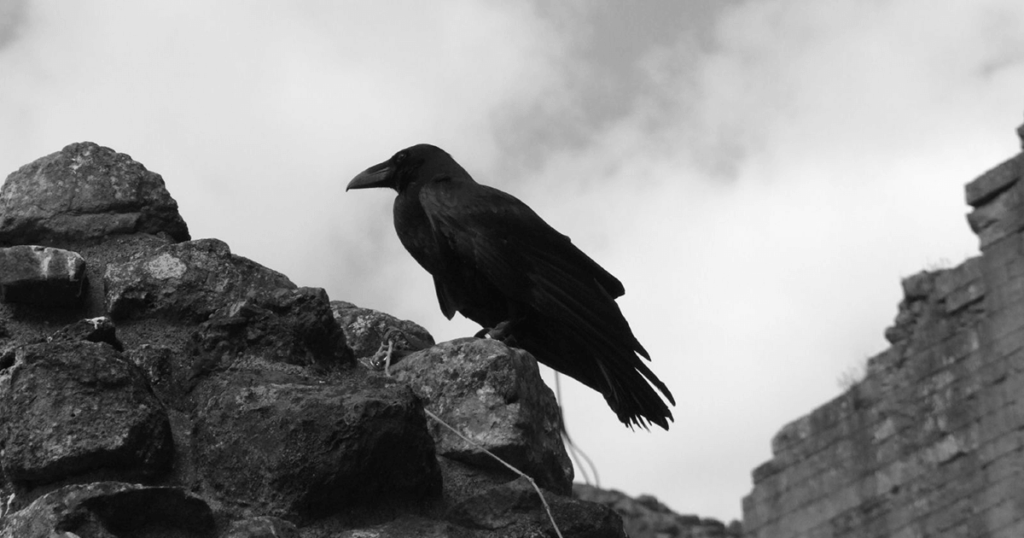
If cooler temperatures and shorter days haven’t yet motivated you to curl up with a good book, consider celebrating Halloween not with kitsch and candy but by reading some Gothic literature. Gothic writing often includes three basic elements: an antiquated setting (a ruined abbey or a remote castle), a hidden crime, and the blurring of traditional boundaries, such as those between human and animal or the living and the dead. The works selected here range from the late 18th century, when Gothic writing first became popular, to outstanding examples of 21st-century Gothic short stories and novels. Between the vampires and madmen, eerie hotels and science experiments gone awry, these tales will stimulate the reader’s imagination and intellect, especially on a dark and stormy night.
Matthew Lewis, The Monk
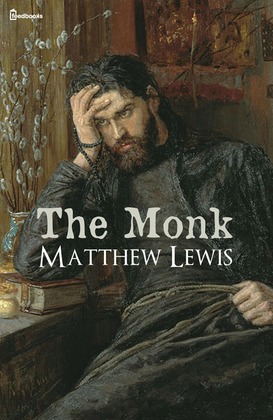
When I first encountered this book as an undergraduate, I could not believe that it was written and widely read during the 18th century, the ostensible “Age of Reason.” The novel details the eponymous monk’s spiritual fall from being the religious “idol of Madrid” to an unrepentant sociopath bent on fulfilling his desires. In the process, he breaks almost every cultural taboo, and along with a cast of fascinating characters, reveals the seamy underbelly of European urban life.
The book was highly controversial. Lewis, who had just been elected as a member of Parliament, was threatened with prosecution for obscenity in 1797. He avoided being charged by self-censoring the book’s fourth edition and publishing it under a different title: Ambrosio; or, The Monk. Nevertheless, this novel will delight fans of the supernatural as well as readers interested in depictions of the developing criminal mind. If you like The Monk, check out Ann Radcliffe’s protofeminist riposte to Lewis’s novel, The Italian, or Charlotte Dacre’s portrayal of a female protagonist’s spiritual corruption in Zofloya.
Mary Shelley, Frankenstein

Although this choice might seem an obvious one, revisiting Frankenstein is particularly timely this year, the 200th anniversary of its publication. The novel remains a cultural touchstone and for good reason. It raises fundamental questions—about the relationship between parents and children, about the origin of evil—that can never truly be resolved. For those seeking a philosophical novel, Victor Frankenstein’s debate with his Creature about the Creator’s role in sustaining life speaks to profound ethical and spiritual questions. Readers might also consider picking up another Gothic and science-fiction classic, R. L. Stevenson’s The Strange Case of Dr. Jekyll and Mr. Hyde.
Charles Brockden Brown, Wieland
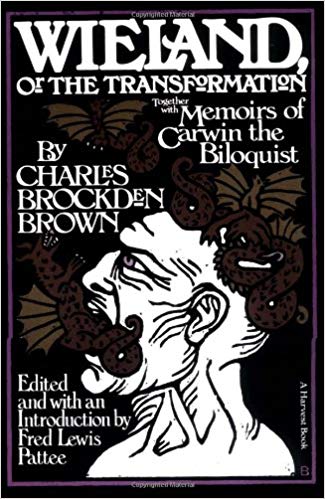
Set in the rural outskirts of Philadelphia, this novel explores themes of madness and paranoia in early America. The Wieland family appears to have a comfortable life enriched with intellectual and artistic pursuits. This privilege, however, does not protect the family from the pernicious influence of a drifter named Carwin, who makes them question first their senses and then their sanity, as he destroys their peaceful, prosperous lives. Published in 1798, it was one of the first American novels and remains a classic psychological thriller that undermines the reader’s trust in what she hears and sees. Readers might be interested in two short stories that also deal with these themes, both published in 1843: John Neal’s “Idiosyncrasies” and Edgar Allan Poe’s “The Tell-Tale Heart.” A more contemporary exploration of epistemology is Canadian novelist Margaret Atwood’s 1996 book, Alias Grace.
Joseph Sheridan Le Fanu, Carmilla
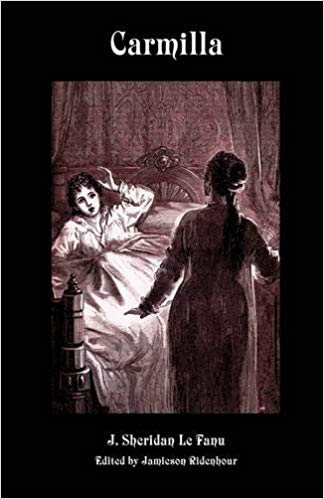
Love vampire tales? Bram Stoker’s Dracula and Anne Rice’s Interview with the Vampire are classics, but I’d also recommend Joseph Sheridan Le Fanu’s novella Carmilla. Gothic literature’s exploration of same-sex relationships traces back to the genre’s 18th-century roots. Here, Le Fanu deploys a naïve, first-person narrator—a sheltered teenage girl—to tell her story of seduction by a female vampire posing as a damsel in distress. Le Fanu is a master storyteller who plays on social anxieties about the intimacy of female relationships, women’s sexuality, and “stranger danger” to create an early example of the domestic horror story.
Stephen King, The Shining

Most readers are familiar with this famous story thanks to Stanley Kubrick’s 1980 film adaptation, featuring Jack Nicholson’s iconic performance. However, the book offers greater psychological insight into the characters Jack, Wendy, and Danny, who the film often reduces to the flat stereotypes of madman, hysterical victim, and troubled child. The novel details the ways in which Jack’s alcoholism has ravaged his family and suggests that untreated addiction could be just as destructive as the supernatural events that occur in the Overlook Hotel.
Justin Cronin, The Passage—Book One of The Passage Trilogy
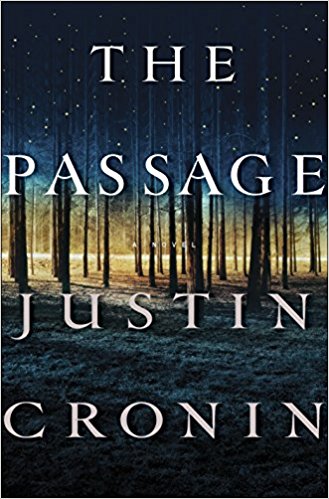
Our current moment is obsessed with apocalyptic narratives, and Justin Cronin’s The Passage is one of my favorites. Cronin combines the best elements of what one might call “virus fiction” (for example, Robin Cook’s Outbreak) with vampire mythology and government conspiracy theories to create a contemporary monster thriller. Beyond the entertainment value, the book also depicts complicated familial relationships and portrays a compelling female protagonist, the vulnerable Amy Bellafonte. If you still need to get your apocalypse-narrative fix, try Mary Shelley’s The Last Man, H. G. Wells’s he War of the Worlds, or Charlie Adlard and Robert Kirkman’s graphic novel series, The Walking Dead.

